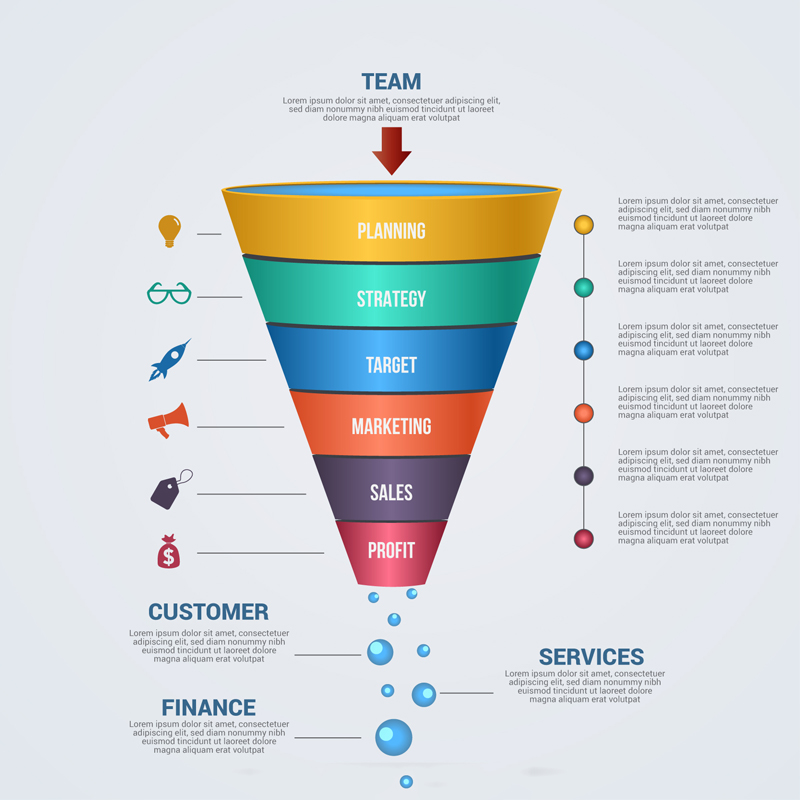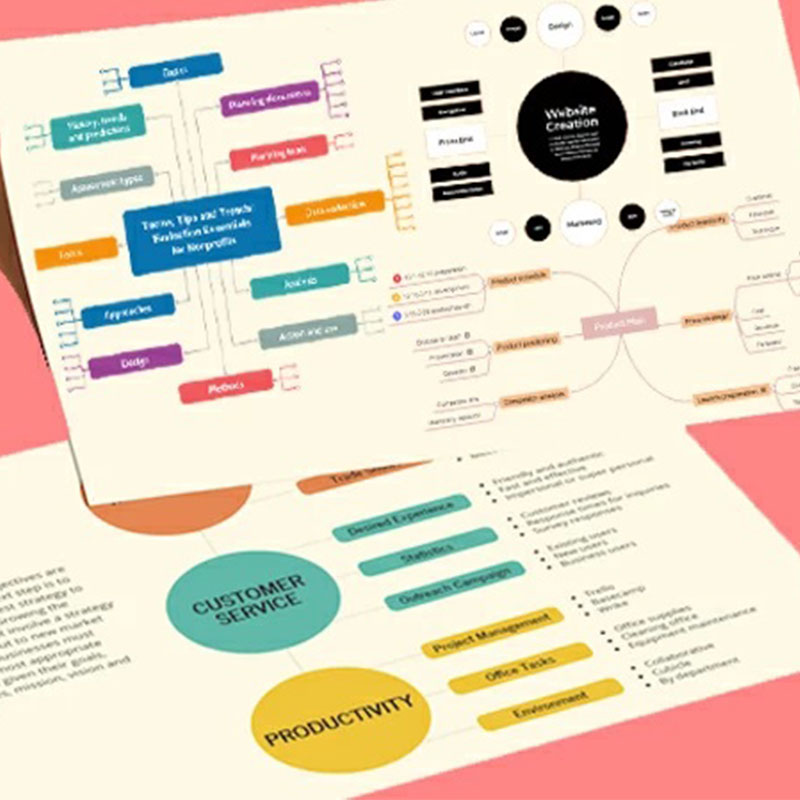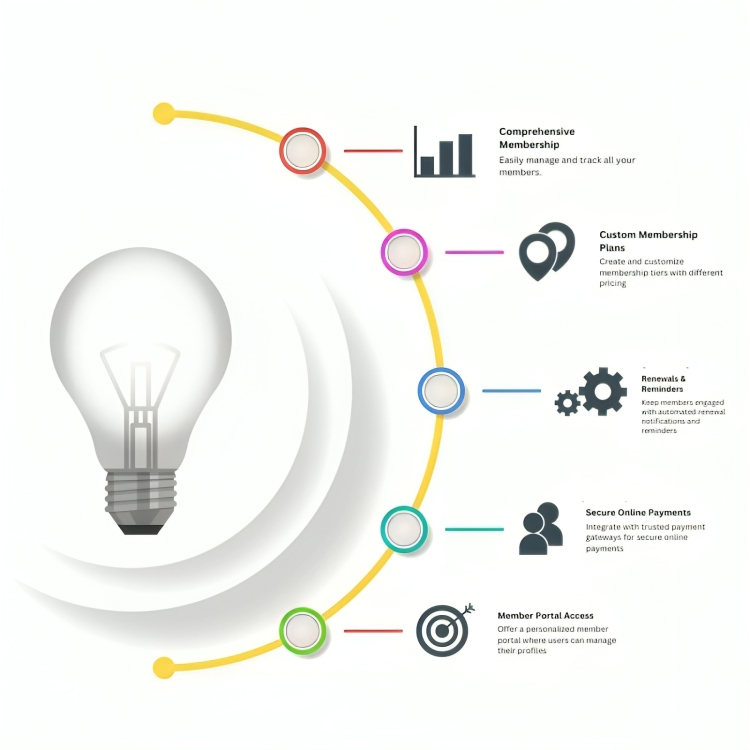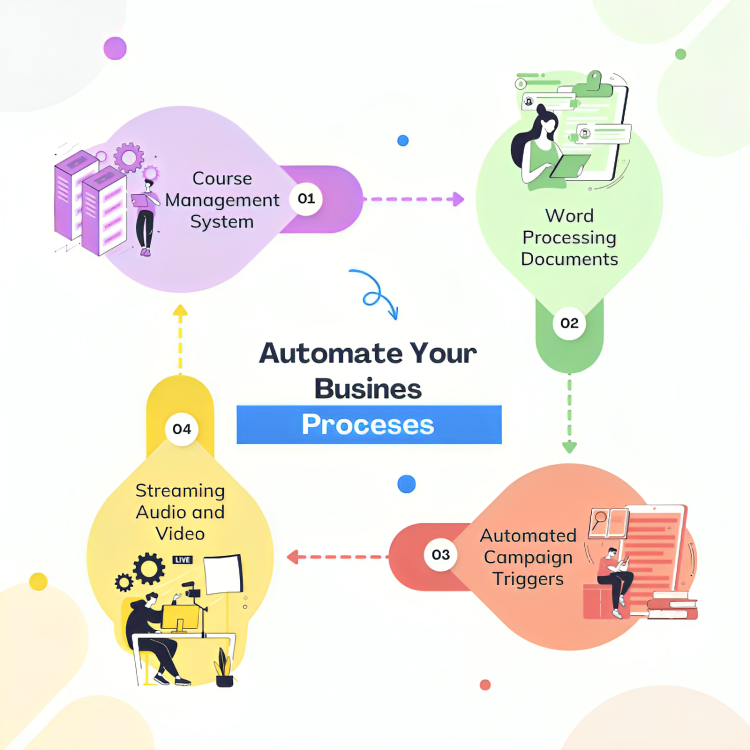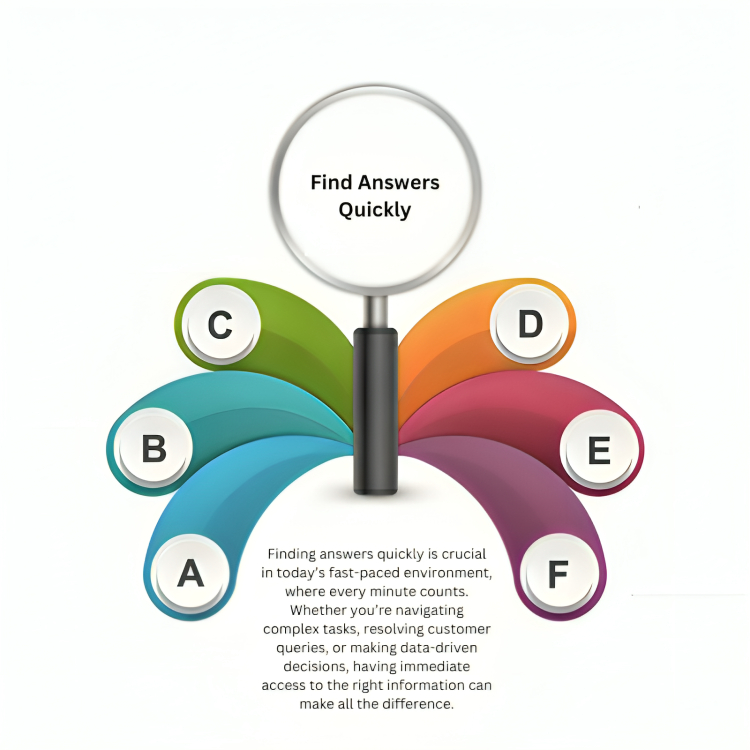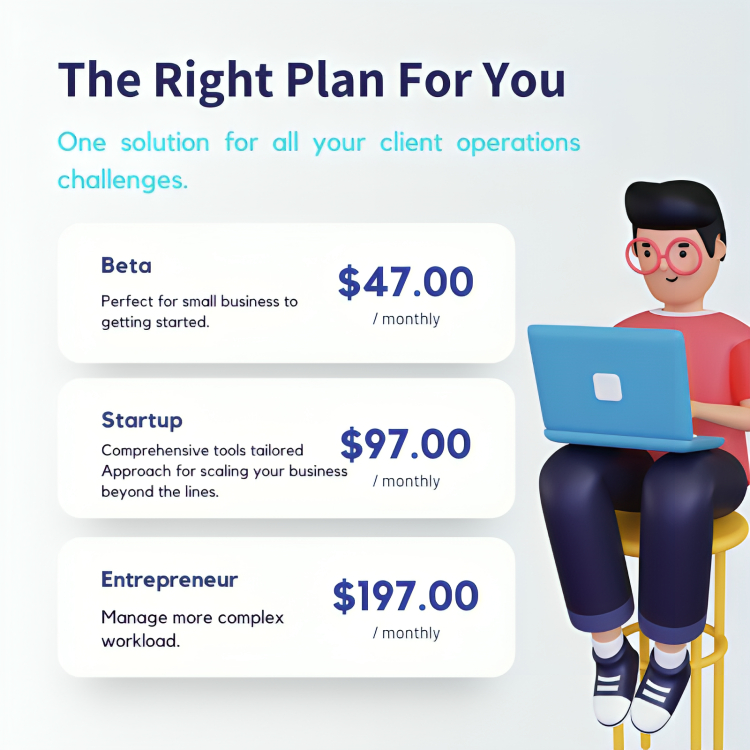Creating a well-structured business proposal can be the difference between winning a client and losing out to a competitor. A business proposal is not just about selling your product or service; it’s about presenting a clear solution to your potential client's problem, showcasing your expertise, and building trust. Whether you're a startup, freelancer, or established business, knowing how to craft an effective proposal is a valuable skill.
In this blog, we’ll break down the simple steps you can follow to create a winning business proposal that captures your audience's attention and drives action.
1. Understand the Client’s Needs
Before drafting your business proposal, take time to fully understand the client's needs and challenges. Whether you’ve been approached directly or are responding to a request for proposal (RFP), it’s crucial to dig deep into what the client is looking for. This sets the foundation for everything else in your proposal.
Start by asking yourself:
What problem does the client need solved?
What are their business goals and objectives?
What are the specific pain points they are facing?
You can gather this information by conducting research, reviewing the client’s RFP (if available), or having an initial conversation to better understand their expectations. The more you understand their challenges, the better you can tailor your proposal to provide a solution.
2. Write an Engaging Executive Summary
The executive summary is one of the most critical parts of your business proposal. It should briefly introduce your company, your understanding of the client’s needs, and how you plan to address them. The key here is to keep it concise but compelling. This section sets the tone for the entire proposal, so it needs to grab attention right away.
Rather than diving straight into specifics, focus on the bigger picture. Explain how your company’s expertise aligns with the client’s goals, and emphasize the benefits of working with you. Remember, the executive summary should provide just enough information to entice the client to keep reading the rest of your proposal.
Tips for writing a strong executive summary:
Address the client's main concern or problem early on.
Highlight how your solution is unique or better than competitors.
Keep it short, usually no more than one or two pages.
3. Clearly Define the Proposed Solution
Once you've captured the client's attention with your executive summary, it’s time to dive into the specifics of your proposed solution. This section should outline exactly how you plan to solve the client’s problem, with a focus on the steps or strategies you’ll use to achieve their goals. Be clear, detailed, and logical in your approach.
Break down the solution into phases or deliverables, if applicable, and explain the timeline for each step. It’s important to demonstrate that you have a clear plan in place and that you understand the complexity of the project.
Key components to include:
Description of the solution.
Project timeline or milestones.
Resources or technologies that will be used.
Tailoring your proposed solution to the specific needs of the client shows that you've put thought into how to best address their challenges, increasing the likelihood that they’ll see your proposal as the right fit.
4. Outline the Benefits and Value
Clients want to know how your solution will benefit them. After explaining your proposed solution, it’s essential to clearly articulate the value they will gain by choosing you. Instead of focusing only on the features of your offering, emphasize the direct benefits to the client, such as increased efficiency, cost savings, or growth opportunities.
Here’s where you demonstrate the return on investment (ROI) the client can expect. You can do this through case studies, data, or specific examples of how your services have helped similar clients in the past. The goal is to paint a clear picture of the positive outcomes that the client will experience if they work with you.
Some ways to showcase value:
Provide measurable results or metrics.
Share testimonials or success stories from previous clients.
Explain how your solution will save the client time, money, or effort.
5. Provide a Detailed Pricing Breakdown
Pricing is often the most scrutinized part of any business proposal, so transparency is key. In this section, provide a clear breakdown of the costs involved in your proposal. Instead of simply listing a final price, give the client a detailed explanation of what they’re paying for, including the different components of your service or product.
A well-structured pricing section builds trust with the client, as it shows you're upfront about costs. You can also offer multiple pricing tiers or packages to give the client options, allowing them to choose the one that best fits their budget and needs.
Key points for pricing:
Break down the cost by phases or deliverables.
Explain what each line item covers.
Offer different pricing tiers, if applicable.
Providing a detailed breakdown also helps to avoid misunderstandings and reduces the likelihood of price-related objections later on.
6. Include a Call to Action (CTA)
Every effective business proposal needs a strong call to action (CTA). After reading through your proposal, the client should have a clear understanding of what the next steps are. A CTA can be as simple as asking the client to contact you to discuss further details, or setting up a meeting to finalize the agreement.
Make sure your CTA is direct, clear, and aligned with the proposal’s goal. Whether you’re requesting a follow-up meeting, asking them to sign off on the proposal, or suggesting a formal contract, ensure it’s easy for the client to take action.
Examples of CTAs:
“Let’s schedule a meeting to discuss the next steps.”
“We’re ready to move forward—please sign and return the proposal.”
“Contact us with any questions or for further clarification.”
7. Proofread and Edit Your Proposal
Your proposal is a reflection of your business, so it’s essential to make sure it is polished and professional. Before sending it to the client, take the time to carefully proofread and edit the document. Typos, grammatical errors, or formatting issues can detract from the professionalism of your proposal and give the impression that you’re not thorough in your work.
Reading the proposal aloud can help catch errors you may have missed. If possible, have a colleague or trusted friend review the proposal as well, as a fresh set of eyes may spot mistakes you overlooked.
Conclusion
Creating an effective business proposal doesn't have to be complicated. By following these simple steps—understanding your client's needs, writing a strong executive summary, clearly outlining your solution, highlighting the benefits, being transparent about pricing, providing a clear call to action, and proofreading thoroughly—you can create a compelling proposal that positions your business as the ideal solution.
A well-crafted business proposal not only demonstrates your professionalism but also builds trust with potential clients, setting the stage for a successful business relationship.


